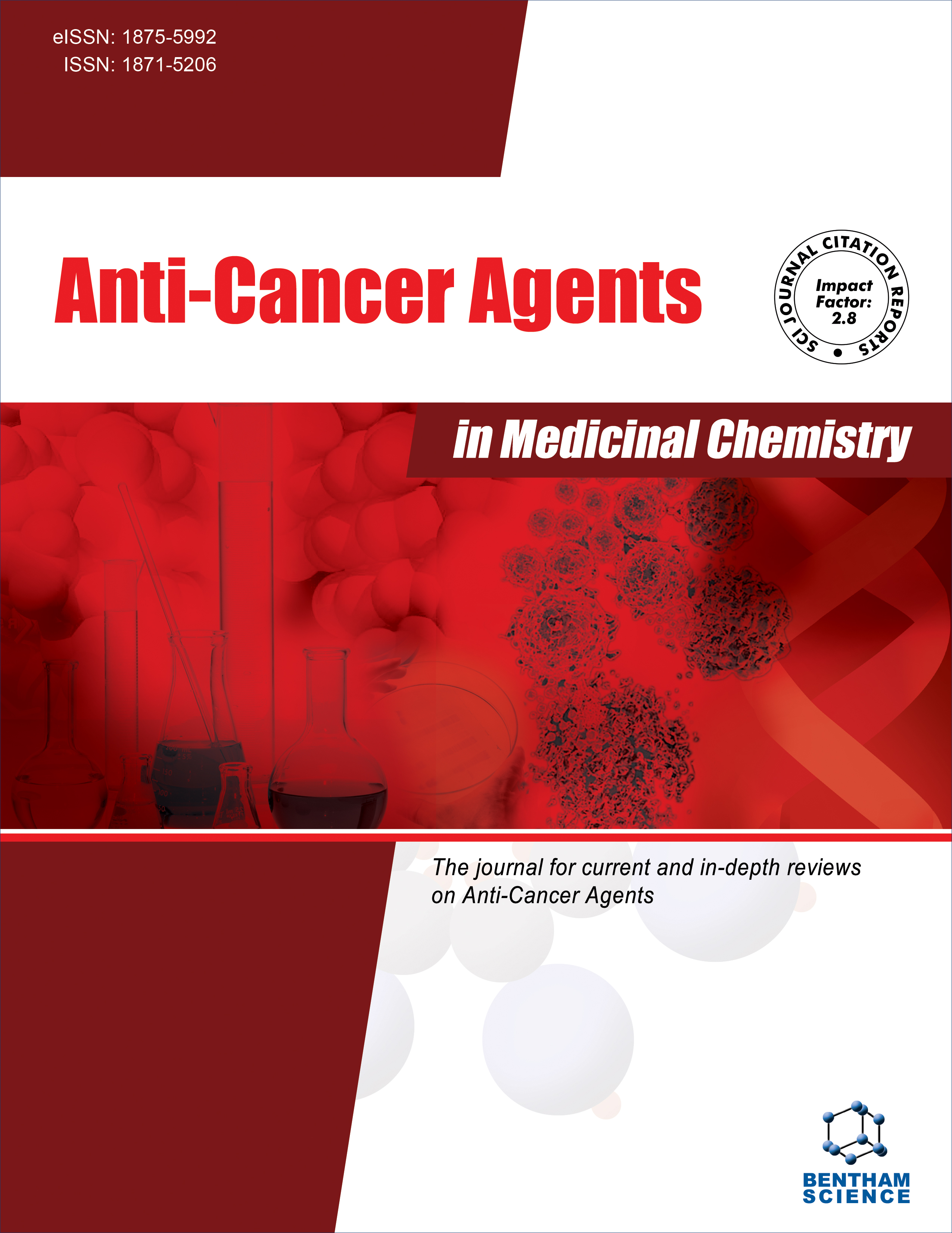
Full text loading...
We use cookies to track usage and preferences.I Understand
Sorafenib (Sor) is the first-line treatment option in clinics for treating advanced unresectable hepatocellular carcinoma (HCC). However, acquired chemoresistance and adverse side effects associated with Sor monotherapy limit its clinical benefits. We have previously reported the exceptional anti-HCC potential of uttroside B (Utt-B), a furostanol saponin isolated in our lab from Solanum nigrum Linn. leaves. The current study has evaluated the supremacy of a combinatorial regimen of Sor and Utt-B over Sor monotherapy.
MTT assay was used for in vitro cytotoxicity studies. A clonogenic assay was conducted to assess the anti-proliferative effect of the combination. Annexin V/PI staining, confocal microscopy, FACS cell cycle analysis, and Western blotting experiments were performed to validate the pro-apoptotic potential of the combination in HepG2 and Huh7 cell lines. Pharmacological safety evaluation was performed in Swiss albino mice.
Our results indicate that Utt-B augments Sor-induced cytotoxicity in HepG2 and Huh7 cells. The combination inhibits the proliferation of liver cancer cells by inducing apoptosis through activation of the caspases 7 and 3, leading to PARP cleavage. Furthermore, the combination does not induce any acute toxicity in vivo, even at a dose five times that of the effective therapeutic dose.
Our results highlight the potential of Utt-B as an effective chemosensitizer, which can augment the efficacy of Sor against HCC and circumvent Sor-induced toxic side effects. Moreover, this is the first and only report to date on the chemosensitizing potential of Utt-B and the only report that demonstrates the therapeutic efficacy and pharmacological safety of a novel combinatorial regimen involving Utt-B and Sor for combating HCC.

Article metrics loading...

Full text loading...
References


Data & Media loading...

